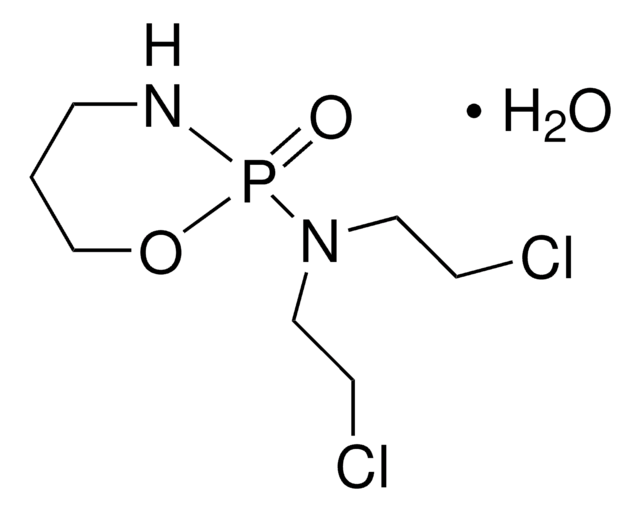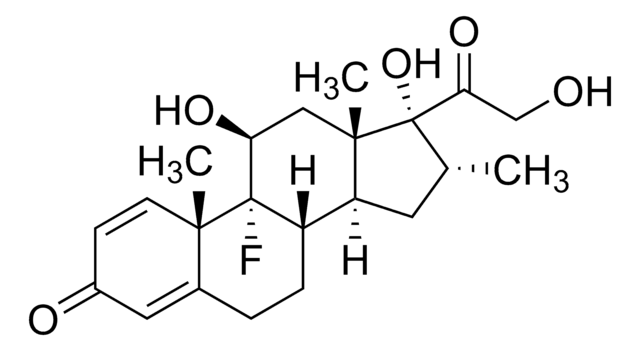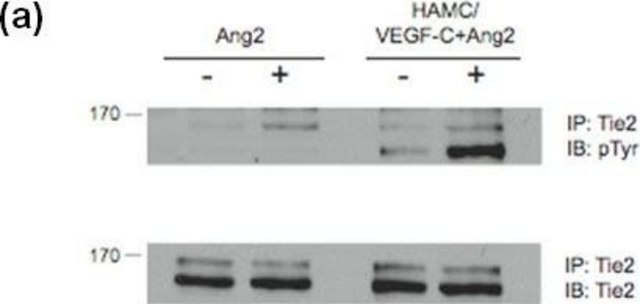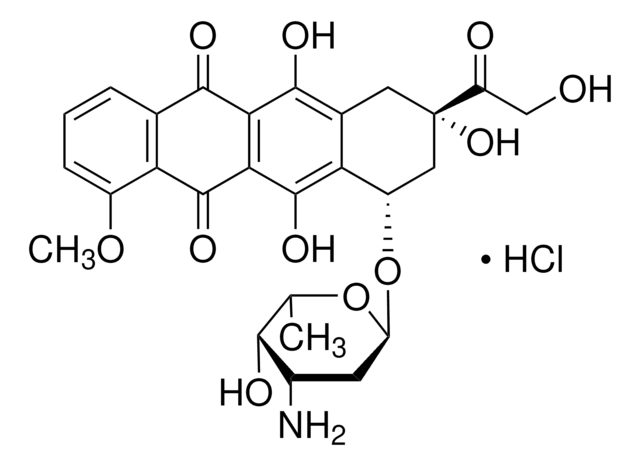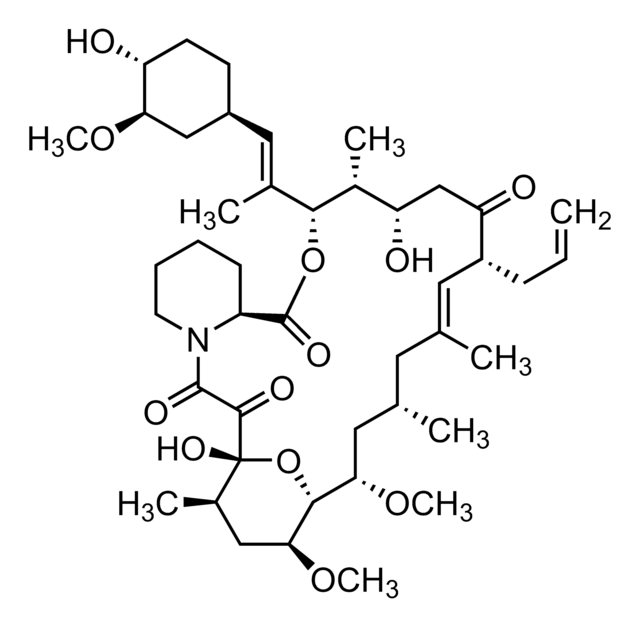05-561
Anti-LAT Antibody, clone 2E9
clone 2E9, Upstate®, from mouse
Sign Into View Organizational & Contract Pricing
All Photos(1)
About This Item
UNSPSC Code:
12352203
eCl@ss:
32160702
NACRES:
NA.41
Recommended Products
biological source
mouse
Quality Level
antibody form
purified immunoglobulin
antibody product type
primary antibodies
clone
2E9, monoclonal
species reactivity
human
manufacturer/tradename
Upstate®
technique(s)
immunoprecipitation (IP): suitable
western blot: suitable
isotype
IgG
NCBI accession no.
UniProt accession no.
shipped in
wet ice
target post-translational modification
unmodified
Gene Information
human ... LAT(27040)
Specificity
Recognizes both forms of LAT.
Immunogen
GST fusion protein corresponding to residues 31-233 of human LAT
Application
Detect LAT using this Anti-LAT Antibody, clone 2E9 validated for use in IP & WB.
Research Category
Inflammation & Immunology
Inflammation & Immunology
Research Sub Category
Immunoglobulins & Immunology
Immunoglobulins & Immunology
Quality
routinely evaluated by immunoblot on RIPA lysates from Jurkat cells
Target description
36/38 kDa
Physical form
Format: Purified
Protein A Purified immunoglobulin in Protein A Purified immunoglobulin in 0.1M Tris-Glycine, 0.15M NaCl and 0.05% Sodium Azide.
Protein G Purified
Storage and Stability
Stable for 1 year at 2-8°C from date of receipt.
Analysis Note
Control
Positive Antigen Control: Catalog #12-303, Jurkat cell lysate.
Positive Antigen Control: Catalog #12-303, Jurkat cell lysate.
Legal Information
UPSTATE is a registered trademark of Merck KGaA, Darmstadt, Germany
Disclaimer
Unless otherwise stated in our catalog or other company documentation accompanying the product(s), our products are intended for research use only and are not to be used for any other purpose, which includes but is not limited to, unauthorized commercial uses, in vitro diagnostic uses, ex vivo or in vivo therapeutic uses or any type of consumption or application to humans or animals.
Not finding the right product?
Try our Product Selector Tool.
Storage Class Code
10 - Combustible liquids
WGK
WGK 1
Certificates of Analysis (COA)
Search for Certificates of Analysis (COA) by entering the products Lot/Batch Number. Lot and Batch Numbers can be found on a product’s label following the words ‘Lot’ or ‘Batch’.
Already Own This Product?
Find documentation for the products that you have recently purchased in the Document Library.
Fatoumata Samassa et al.
Cellular microbiology, 22(5), e13166-e13166 (2020-01-21)
Strategies employed by pathogenic enteric bacteria, such as Shigella, to subvert the host adaptive immunity are not well defined. Impairment of T lymphocyte chemotaxis by blockage of polarised edge formation has been reported upon Shigella infection. However, the functional impact
Derek D Sloan et al.
Journal of virology, 81(22), 12504-12514 (2007-09-07)
Herpes simplex virus (HSV)-specific T cells are essential for viral clearance. However, T cells do not prevent HSV latent infection or reactivation, suggesting that HSV has the potential to modulate T-cell function. T-cell receptor (TCR) stimulation is a potent and
Nupura Hirve et al.
PloS one, 7(9), e45158-e45158 (2012-10-03)
Binding of the membrane phospholipid phosphatidylinositol 3,4,5-trisphosphate (PIP(3)) to the Pleckstrin Homology (PH) domain of the Tec family protein tyrosine kinase, Inducible T cell Kinase (ITK), is critical for the recruitment of the kinase to the plasma membrane and its
Claudia Brockmeyer et al.
The Journal of biological chemistry, 286(9), 7535-7547 (2010-12-30)
Stimulation of the T cell antigen receptor (TCR) induces formation of a phosphorylation-dependent signaling network via multiprotein complexes, whose compositions and dynamics are incompletely understood. Using stable isotope labeling by amino acids in cell culture (SILAC)-based quantitative proteomics, we investigated
Ruth Seggewiss et al.
Blood, 105(6), 2473-2479 (2004-12-02)
The tyrosine kinase inhibitor imatinib (imatinib, STI571, Glivec, and Gleevec) is increasingly used in patients undergoing allogeneic transplantation for leukemia. However, little is known regarding its potential immunoregulatory effects. Here, we investigate the effect of imatinib on T-cell receptor (TCR)-mediated
Our team of scientists has experience in all areas of research including Life Science, Material Science, Chemical Synthesis, Chromatography, Analytical and many others.
Contact Technical Service